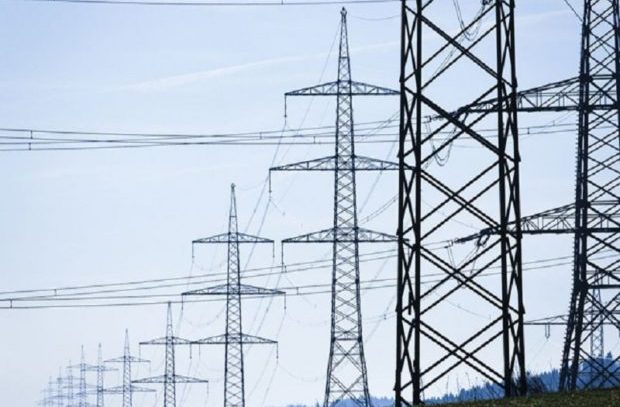
NGCP power lines (File photo from the Philippine Daily Inquirer)
MABALACAT CITY, Pampanga, Philippines – Power consumers in this city and in other parts of the province are protesting what they described as an “exorbitant” electricity rate increase that was reflected on their June bills.
The Pampanga Electric Cooperative II (Pelco II) has applied a rate increase of P2.52 per kilowatt-hour (kWh) for electricity consumption between May 21 and June 19.
While the generation charge last month was only P4.63 per kWh, it jumped to P6.71 in June, reflecting a difference of P2.08 per kWh.
It said the increase was mainly due to the high generation charge during this period, noting that taxes and other charges had also gone up.
The Energy Regulatory Board defines generation charge as the cost of power bought by distribution utility firms like Pelco II from the National Power Corp. and the independent power producers.
Consumers took to social media to criticize the power rate hike, saying it was “unreasonably high” and “ridiculous.”
A meter reader of Pampanga Electric Cooperative II (Pelco II) told the Inquirer that he had to endure the complaints of irked consumers after he handed them their bills.
“Customers are enraged after seeing their bills. They couldn’t believe that the power rate has increased that much,” the Pelco II worker said.
One household in this city saw its electricity bill increasing from P6,095 for 745 kWh used in May to P7, 179 for 670 kWh used in June.
‘Variable’
In a statement on June 17, Pelco II defended the increase, saying that the “electricity rate is variable.”
“This means it can increase or decrease every month. There are various factors that affect the rate,” it said.
It cited the varying “pass-on” charges monthly that include the generation charge, transmission charge, system loss, and value added tax.
Pelco II’s system loss charge also increased from only 64 centavos per kWh in May to 89 centavos per kWh this month. System loss represents the recovery of the power cooperative’s losses due to illegal power connections and other causes.
“The distribution charge that goes to Pelco II for its operational continuity remains unchanged,” the cooperative said.
Only the transmission charge being collected by the National Grid Corp. of the Philippines decreased by P0.0097 per kWh — or 97 centavos per 100 kWh of usage.
But consumers refused to accept the cooperative’s explanation, saying authorities and the government’s power regulator should investigate the hike.
In a statement on June 30, the Philippine Rural Electric Cooperatives Association Inc. (Philreca) said the increase in electricity rate in June was due to “shortage in power supply.”
“The shortage in power supply caused increases in residential effective electricity rates since January of this year, with the June power rates having the highest average increase at Php 1.3037 per kWh among the affected electric cooperatives,” the 121-member association said.
It said the “gradual increases in residential effective power rates since January are due to the upward trend of generation costs and forced outages of some power plants supplying the energy requirements of Luzon.”
The group said some plants have been on forced outage since December due to unfinished maintenance or repairs. It said the increases in rates are “beyond the control of the electric cooperatives.”
In the City of San Fernando, the Electric Light and Power Co. also issued a statement that its generation charge went up by more than P1 per kWh in June.
The power firm said the rate increase was due to the damaged generating plants, which reportedly affected the supply of electricity that was worsened by high demand.